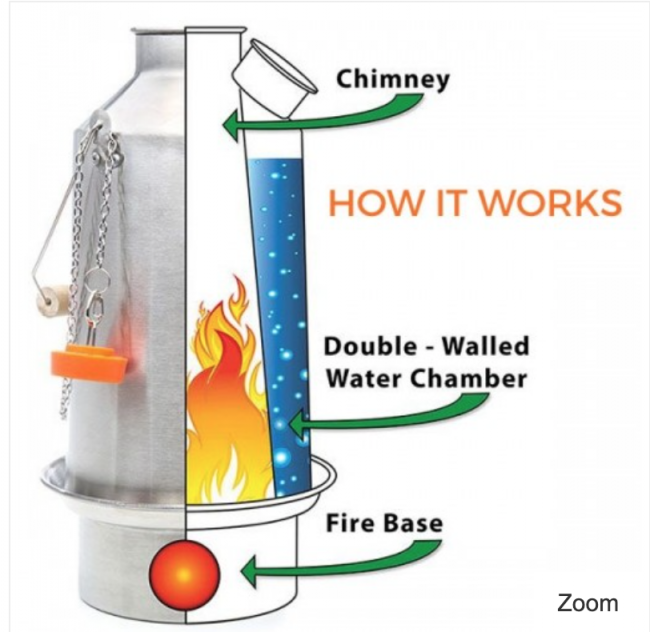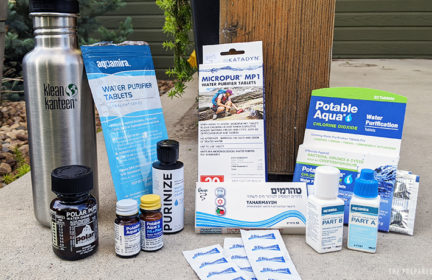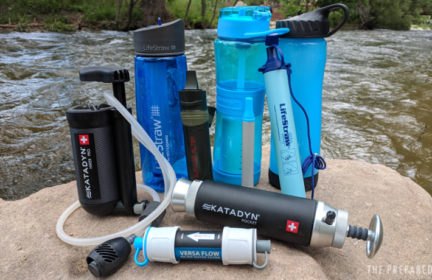WAPI – Skip boiling and make water safe with less fuel
I was watching a video on water treatment and came across something I had never seen mentioned. It’s an indicator that shows when the water is safely pasteurized without the need to bring it to a full boil. It’s tiny, light, and will save a ton of fuel. It would really extend the fuel in a BOB and still be useful to have around even in a bug in situation.
Link to the video with the explanation (the whole series is worth watching): https://youtu.be/rIMeq0c7rJM?t=877
Product link: https://www.amazon.com/dp/B00F7104EY/
8
Log in or register to join the conversation
-
Comments (8)
-


